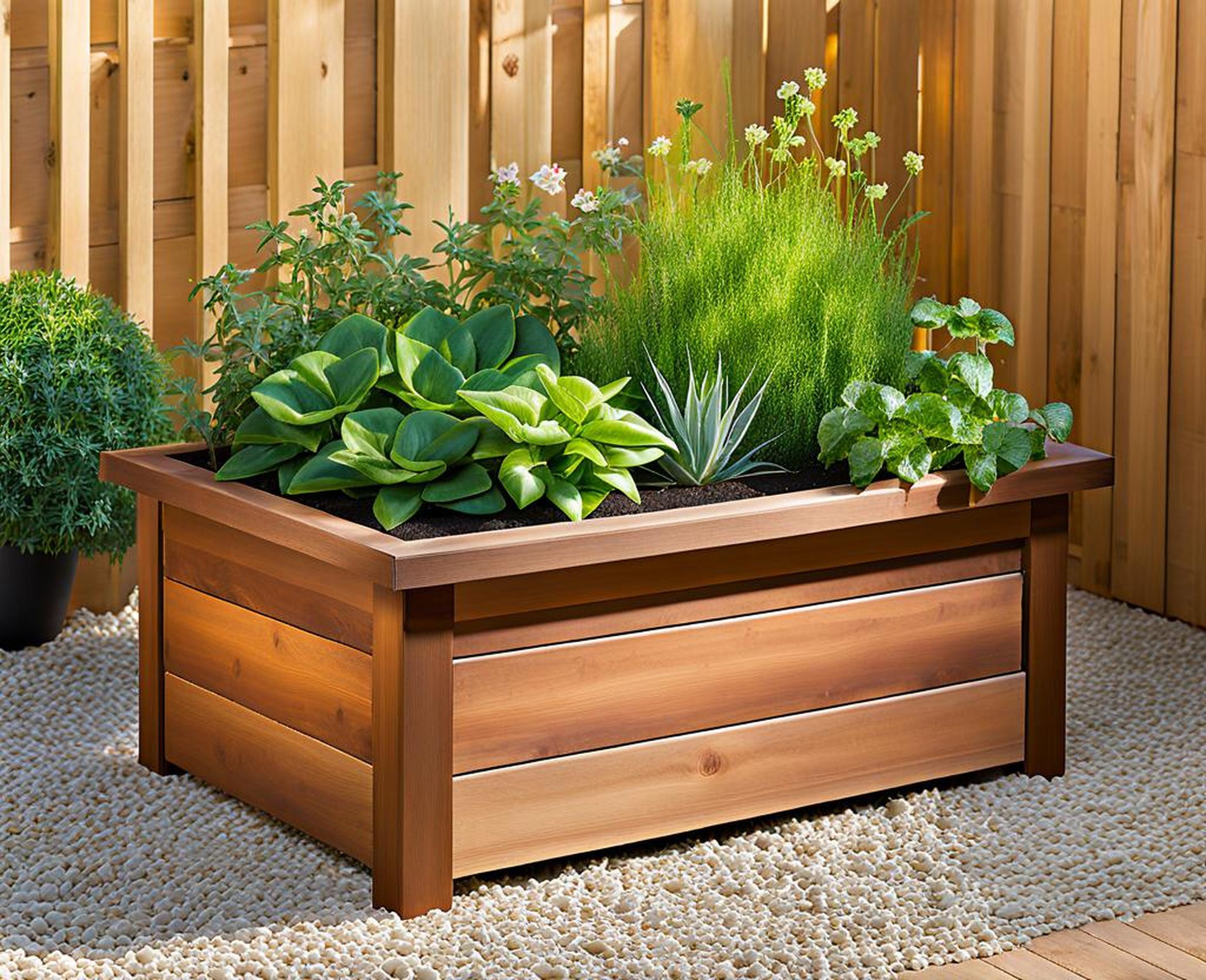Looking to dip your toes into gardening but don’t have a backyard? Box gardens, also known as container gardens, allow anyone to grow plants with limited ground space. You can create miniature gardens on a balcony, patio, or any sunny spot. Our beginner’s guide covers everything you need to know, from choosing containers to raising thriving plants.
Box gardens come with unique benefits like portability and customization. Read on to learn gardening basics tailored to these versatile containers.

Choosing the Right Container
The foundation of any box garden is the actual box. While materials like wood, plastic, or ceramic all work, ensure your container has these key features:
- Drainage holes at the bottom to prevent soil getting waterlogged
- Sturdy construction to hold soil
- Weather resistance
The size you choose depends on available space and what you want to grow. Herbs and leafy greens thrive in compact boxes under 1 foot while vegetables need bigger containers. Match your ambitions to the room you have.
Creating the Perfect Soil Mix
The next step is filling your container with quality soil. Instead of using garden dirt which can compact over time, choose a commercial potting mix. Blended to be lightweight and fast-draining, it’s ideal for box gardens. Further enrich it by mixing in:
| – Compost | Provides nutrients |
| – Worm castings | Enhances drainage and aeration |
| – Organic fertilizer | Slow release for gradual feeding |
Test soil pH with a kit and amend if needed. Most plants grow best around 6.0-7.0.
Box Gardens Offer Versatility
Box gardens beat traditional single-spot gardens for flexibility. Customize size and shape to your space. Add casters to roll them around your patio. Rearrange anytime without altering infrastructure. This mobility means you can follow sunlight or pull plants indoors during harsh weather too.
Easy To Fill With Nutrient-Rich Soil
Preparing custom soil for your containers allows ingredient control. Bulk up sterile commercial mixes with organic matter like compost. Nutrient deficiencies become less likely when plants have a slow release food source mixed in. Reap the benefits of enriched soil by testing and amending a quality potting mix.
Choosing the Best Location
When siting your box garden look for a spot with:
- Full sun at least 6 hours per day
- Nearby water source for convenience
- Level ground or sturdy foundation like a table
Remember plants need space to grow horizontally too. Place containers far enough apart to allow light permeability and air circulation between them.
Planting Your Box Garden
Deciding what to grow comes next. Aim for beginner-friendly plants first. Herbs, leafy greens, radishes, and peppers tend to thrive with basic care. Place seedlings or seeds at the recommended spacing inside containers before backfilling soil. Water newly planted boxes well until the soil is saturated. This encourages root development.
Watering Your Plants
Inconsistent watering causes issues for container plants. Check soil at least once daily before watering. Plunge your finger in up to the second knuckle. If the top few inches are dry, it’s time to hydrate plants. Early morning watering gives moisture a chance to penetrate deeply and avoids wet foliage at night.
While most box gardens need watering every 1-4 days, your schedule depends on plants, climate, container size and other factors. Adapt as necessary.
Maintaining Healthy Plants
Tending to plants by pruning or deadheading spent flowers keeps box gardens going strong. Investigate fertilizing needs too–containers drain nutrients faster than garden beds. Applying an all-purpose organic fertilizer every 2-3 weeks prevents deficiencies.
Vigilance deters pests from destroying crops. Take protective measures like using insecticidal soap at the first sign of invaders. Eliminate diseased plant matter right away to halt spreading.
Enjoying the Fruits of Your Labor
As effort pays off in the form of fresh produce or blooming displays, bring style to your box garden too. Paint containers bold colors or use decorative ceramic pots. Intersperse flowering annuals with edibles. Your mini urban farm deserves to look as good as it tastes!
Overwintering Your Box Garden
Frost kills tender container plants, so they need shelter in winter. Select frost-hardy plants to remain outdoors or transfer boxes to an enclosed location like a garage. Reduce water and fertilizer for plants going dormant. Supplement natural light with grow bulbs. With a little preparation, you can ensure a vigorous return next growing season.
We covered the basics of trying box gardening with our beginner’s guide–from container choice to sustaining growth. Remember key tips like creating custom soil mixes, strategic placement, attentive plant care and overwintering containers. Follow our guidelines and enjoy homegrown goodness from your personalized box garden!
